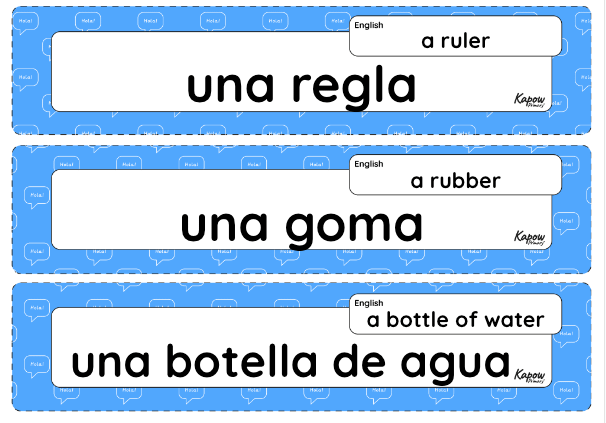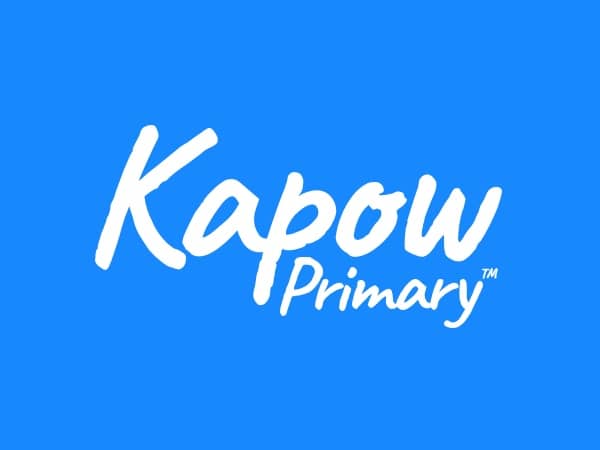Y3/4 (A) Unit 4: Classroom objects in Spanish
Following classroom instructions, naming classroom objects and exploring grammar rules such as masculine and feminine nouns, plurals, and forming a negative construction.
The Curriculum and Assessment Review final report has been released. We’re reviewing the recommendations and planning for future updates. Learn more
Unit outcomes
Pupils who are secure will be able to:
- Match spoken classroom instructions with a corresponding symbol; respond to most classroom instructions with an action.
- Name the seven classroom items in Spanish, usually remembering which article, un or una, is needed; sort classroom items into two groups of either masculine or feminine and understand how we might identify the gender of each noun.
- Speak in short sentences, starting with Tengo and including a plural noun phrase by choosing a number in Spanish to quantify and adding an ‘s’ at the end of the noun.
- Answer a question in Spanish using the negative, No tengo… – I do not have…, followed by a classroom item.
- Read and understand short sentences in Spanish, including conjunctions, to match the labels with each rucksack picture with reasonable levels of success.
- Write a short paragraph to describe what they have in a rucksack, which meets most of the success criteria.
Suggested prior learning
Lessons
Y3/4 (A): Lesson 1: Follow the instructions
- To recognise and respond to spoken classroom instructions.
Y3/4 (A): Lesson 2: Un or una?
- To name school bag objects and identify if they are masculine or feminine nouns.
Y3/4 (A): Lesson 3: What classroom items do you have?
- To identify how a noun phrase changes in the plural form when describing classroom items.
Y3/4 (A): Lesson 4: I do not have…
- To construct a phrase using the negative form, no tengo – I do not have.
Y3/4 (A): Lesson 5: What is in your school bag?
- To read and interpret sentences featuring the conjunctions y and pero.
Y3/4 (A): Lesson 6: En mi mochila
- To compose a piece of writing describing what is in a school bag.
Key skills
Key knowledge
Related content
Unit resources

Knowledge organiser: Spanish – Classroom objects
Aimed at pupils, two pages providing key facts and definitions from the unit 'Unit 4: Classroom objects in Spanish.'.

Vocabulary display: Classroom objects in Spanish
A display version of the key vocabulary from the unit 'Classroom objects in Spanish'.

Translations: Classroom objects in Spanish
Translations of key texts and transcripts from resources in this unit.
Cross-curricular opportunities
English
Writing – vocabulary, grammar and punctuation (Year 2)
Pupils should learn how to use:
- Sentences with different forms: statement, question, exclamation, command.
- Subordination (using when, if, that or because) and co-ordination (using or, and or but).
Writing – vocabulary, grammar and punctuation (Year 3)
Pupils should be taught to:
Develop their understanding of the concepts set out in English Appendix 2 by:
- Extending the range of sentences with more than one clause by using a wider range of conjunctions, including when, if, because, although.
See National curriculum - English - Key stages 1 and 2.

